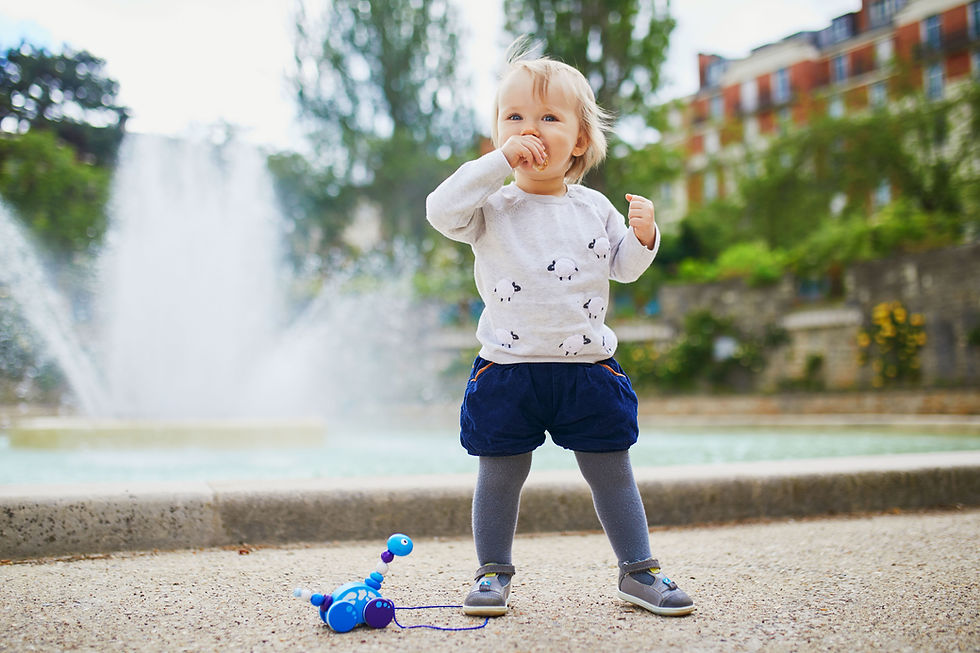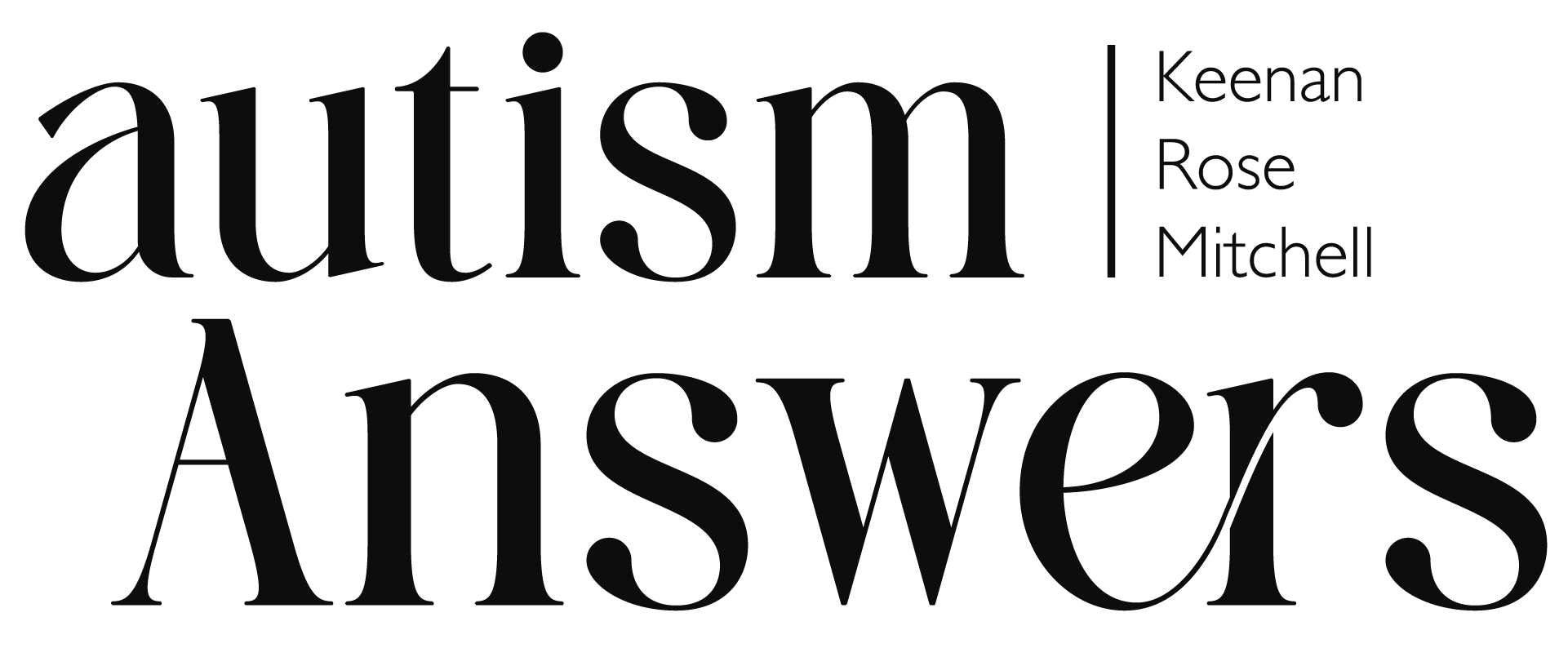Why Aimless Running Can Be Disorganizing for Toddlers—and What to Do Instead
- Autism Answers
- May 19
- 3 min read
As parents and caregivers, we've all witnessed the scene: a toddler sprinting back and forth across the room or playground, seemingly without purpose, while an exhausted adult trails behind. While it's natural for young children to be active and energetic, it's important to understand that not all movement is equally beneficial. In fact, aimless running can sometimes be disorganizing for a child's sensory system, potentially hindering their ability to focus, learn, and engage socially.

Sensory processing refers to how the nervous system receives messages from the senses and turns them into appropriate motor and behavioral responses. For toddlers, effective sensory processing is crucial for developing skills like attention, coordination, and emotional regulation.
When a child engages in purposeful activities—such as climbing, dancing, or playing structured games—their sensory system receives organized input, helping them feel more centered and ready to learn. Conversely, repetitive, aimless movements like running without a goal can flood the sensory system with unstructured input, leading to overstimulation or dysregulation.
The Impact of Disorganized Movement
Aimless running may seem harmless, but it can have several unintended consequences:
• Overstimulation: Continuous, unstructured movement can overwhelm the sensory system, making it harder for the child to calm down afterward.
• Lack of Skill Development: Without purposeful engagement, the child misses opportunities to develop motor planning, balance, and coordination skills.
• Social Disconnection: Running without interacting with peers or caregivers can limit social learning experiences.
• Safety Concerns: Unpredictable movement increases the risk of accidents or injuries.
The Importance of Purposeful Movement
Encouraging structured, goal-oriented activities can provide the sensory input toddlers crave while promoting development and learning. For very young children—around 18 to 24 months—this doesn’t mean formal games. It means simple, engaging activities that still give their bodies a purpose.
• Push-and-Pull Toys: Pulling a wagon, pushing a small shopping cart, or wearing a backpack on a walk gives the body heavy work input while encouraging purposeful movement and imitation.
• Obstacle Courses: Setting up simple courses with pillows, tunnels, or cones can enhance motor planning and coordination.
• Interactive Games: Playing "Peekaboo" or blowing bubbles combines movement with listening skills and impulse control.
• Creative Play: Activities like sand play or dancing to music engages multiple senses in an organized manner.
These kinds of activities satisfy the child’s need to move while helping organize their sensory system, build social skills, and support cognitive development.
When to Seek Professional Support
If your toddler spends a lot of time running without purpose—darting from place to place with no clear destination or engagement—it might be a sign that their sensory system is dysregulated. I often explain it like this: it’s not that running is bad—it’s that running without curiosity, connection, or satisfaction doesn't help your child get organized and ready to learn.
This is where I come in. When I work with families, I help you observe what’s really going on beneath the behavior. We look at how your child is processing the world, and I give you simple, doable strategies that support their nervous system and teach them to interact with intention.
If you're feeling unsure about how to redirect your child’s energy in a way that builds skills and regulation—or if you’re dealing with safety concerns because your toddler is eloping—that’s a sign it’s time to reach out. We don’t have to guess. Let’s get you answers and a plan.
Conclusion
While physical activity is essential for toddlers, the quality and purpose of movement matter. By guiding children toward structured, engaging activities, we can help organize their sensory experiences, promote learning, and foster social connections. Remember, it's not about limiting movement but about channeling it in ways that support the child's growth and well-being.
References:
• Child Mind Institute: Sensory Processing Issues Explained
• The OT Toolbox: Organization and Attention Challenges Related to Sensory
Processing Disorder
• Kidsense Therapy Group: The Power of Active and Passive Proprioceptive Input



Comments